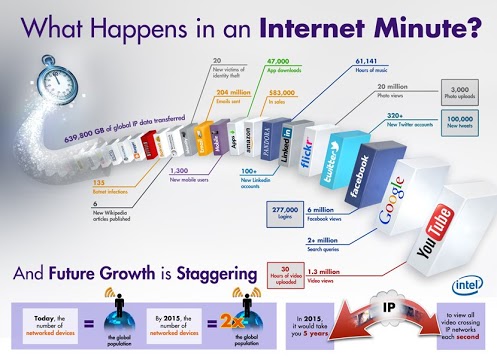 One of my favorite quotations from Mark Twain is “The only one who likes change is a wet baby.”
One of my favorite quotations from Mark Twain is “The only one who likes change is a wet baby.”
As a thought leader, you are defining the change you want to see: in your employees, in your company, in your industry…or perhaps even in the world. Making change happen requires determination and rhetorical skill to persuade stakeholders to adopt your viewpoint. You’ll want to apply as many levers of change as you can muster to put those changes into effect and make them “stick.”
A 2012 piece by Morten Hansen, author of the book Collaboration, in Harvard Business Review online offers 10 approaches to get people to accept change. He categorizes these approaches in four buckets:
- Sharpen the destination
- Activate social processes
- Tweak the situation
- Revamp traditional HR levers
Are you pulling all of the levers and using all of the approaches you can to introduce change? Are you hesitating to do what needs to be done because some are ”crying out” in protest? Are they perhaps crying because they know they need changing? Ask, assess, then act. We’re here to help!
Photo credit: texturl on Flickr





